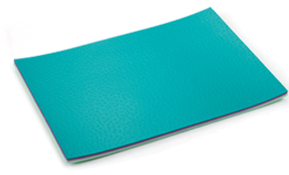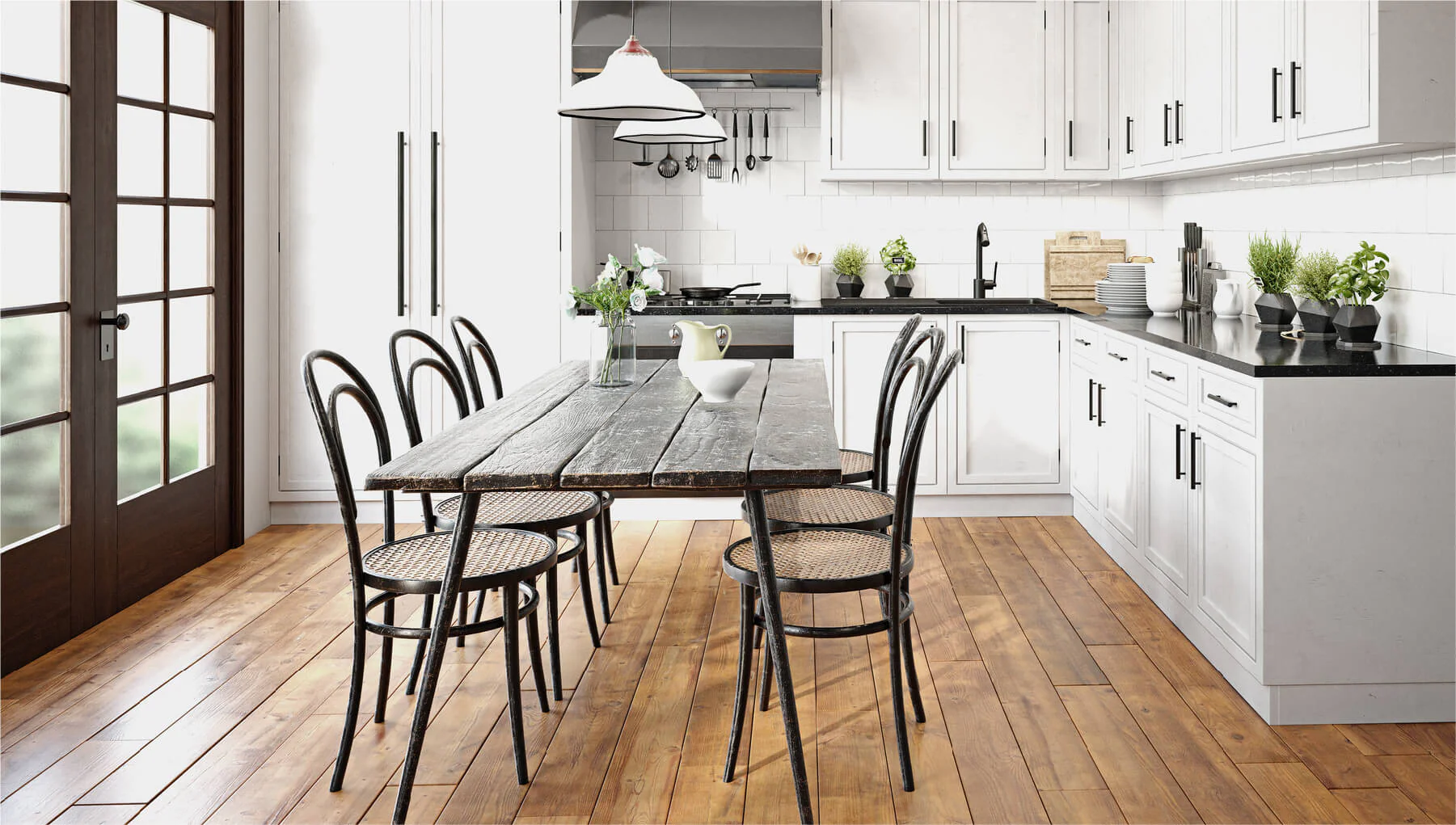मई . 31, 2025 15:10 Back to list
Outdoor Pickleball Courts Covered Solutions & Tennis Court Conversions
- Industry Growth and Data Analysis
- Technical Specifications for Optimal Performance
- Leading Surface Materials Compared
- Conversion Process from Tennis Infrastructure
- Versatile Shelter Solutions for Weather Protection
- Showcase Project: Regional Transformation Case Study
- Implementation Roadmap and Maintenance Protocols

(pickleball outdoor courts)
The Surging Demand for Modern Pickleball Outdoor Courts
Pickleball's explosive 39% annual participation increase has created unprecedented demand for dedicated facilities. Municipalities face mounting pressure to address the shortage of pickleball outdoor courts
, with over 70% of players reporting limited access as their primary barrier. Tennis court conversions represent the fastest solution, as one standard tennis court can accommodate four pickleball courts through strategic line repainting and net adjustments. This infrastructure shift requires specialized surfacing technologies to ensure proper ball bounce characteristics and player safety standards unique to outdoor pickleball environments.
Industry Growth and Performance Data
Participation metrics reveal compelling financial justification for investments:
- Municipalities report 200-300% higher court utilization rates after conversion projects
- Dedicated pickleball facilities generate 48% more revenue than multi-sport complexes
- Weather-protected installations operate 11 months annually in northern climates
Player safety data shows injury rates decrease by 63% when using professional-grade cushioned acrylic surfaces versus traditional asphalt. The optimal coefficient of friction (0.5-0.7) prevents slips while allowing strategic slides.
Technical Specifications for Competitive Play Surfaces
Professional outdoor courts demand precision engineering:
Surface Requirements:
- International Federation-approved 1.0-1.25mm cushioning layers
- UV-resistant colorfast acrylic systems maintaining 90% reflectivity after 5 years
- 3° cross-slope drainage preventing water accumulation within 30 minutes of heavy rain
Critical Measurements:
- 20'x44' court dimensions with 7' minimum clearance zones
- 34" center net height with tension-maintaining mechanisms
- Contrasting line visibility at 200+ ft distance
Surface Material Comparison Guide
| Material Type | Initial Cost (per court) | Lifespan | Ball Response | Maintenance Cycle | Player Comfort |
|---|---|---|---|---|---|
| Post-Tension Concrete | $18,000 | 25+ years | Tournament-consistent | Annual resealing | Medium cushion |
| Cushioned Acrylic | $12,500 | 10-15 years | Predictable bounce | Biannual recoating | Premium shock absorption |
| Asphalt Overlay | $8,200 | 5-8 years | Variable in heat | Annual crack repair | Minimal cushion |
| Modular Tiles | $15,800 | 12 years | Low friction | Quarterly cleaning | Joint instability concerns |
Converting Tennis Courts to Pickleball Infrastructure
Four critical phases for successful conversion projects:
Phase 1: Surface Assessment
- Core sampling to evaluate substrate integrity
- Topography mapping identifying <1% elevation variations
Phase 2: Multi-Court Layout Optimization
- Precision striping for 20'x44' playing surfaces
- Strategic orientation preventing sun interference
Phase 3: Professional Net Systems
- 34" center height with tension lock mechanisms
- Anchoring systems resisting 90mph winds
Engineering Covered Outdoor Pickleball Courts
Permanent structures incorporate three weatherproofing solutions:
Fabric Tensile Structures: PVC-coated polyester membranes blocking 99% UV radiation while maintaining 30% light transmission. Anchor systems withstand 40psf snow loads.
Retractable Canopies: Motorized systems deploying in 90 seconds. Aluminum trusses spanning 60' without center supports.
Hybrid Steel Framing: Galvanized columns with integrated gutter systems directing 15" hourly downpour runoff.
Maple Grove Transformation: Regional Facility Case Study
The Maple Grove Sports Complex converted 8 underutilized tennis courts into 32 premier pickleball courts, increasing annual visitation from 7,000 to 92,000. Key project specifications included:
- Post-tension concrete substrate with Plexipave® cushion coating
- Four-color surface demarcation for simultaneous tournament play
- Retractable fabric canopies covering 16 courts during precipitation
- Low-glare LED lighting providing 50fc uniformity across all courts
Revenue increased 217% in the first 18 months through league sponsorships and tournament hosting.
Implementing Durable Pickleball Outdoor Courts
Professional installation protocols ensure longevity. Curing times vary by material:
- Acrylic systems: 72-hour cure before line painting
- Concrete: 28-day strength development period
Maintenance best practices include quarterly pressure washing (max 2500psi) and annual surface inspections. Net systems require tension verification every 90 playing hours. Professional pickleball outdoor courts deliver 15+ years of service through consistent upkeep, transforming recreational spaces into community assets.

(pickleball outdoor courts)
FAQS on pickleball outdoor courts
Q: How to convert tennis courts to pickleball courts?
A: Measure the existing tennis court dimensions and repaint lines to fit smaller pickleball layouts. Install portable nets or permanent posts adjusted to pickleball height (34 inches at the center). Ensure proper surface maintenance for consistent playability.
Q: What are the benefits of outdoor covered pickleball courts?
A: Covered courts protect players from sun, rain, and wind, enabling year-round play. They often include UV-resistant materials and drainage systems. Lighting can also be added for evening games.
Q: How to maintain outdoor pickleball courts?
A: Regularly sweep debris and clean surfaces to prevent slips. Repair cracks or uneven areas promptly. Resurface coatings every few years to preserve traction and durability.
Q: Where are Maple Grove outdoor pickleball courts located?
A: Maple Grove’s courts are often found in parks like the Maple Grove Sports Complex or community centers. Check local government websites for exact addresses. Many include multiple courts and amenities like benches.
Q: Can converted tennis courts host both sports?
A: Yes, using temporary lines and nets allows dual-use setups. Ensure clear color-coding for lines to avoid confusion. Shared spaces maximize facility usage but may require scheduling adjustments.
-
Durable Sport Court Tiles for Multi-Purpose Courts & Outdoor Use
NewsJul.24,2025
-
Durable Multi Sport Court Tiles for Indoor & Outdoor Use
NewsJul.23,2025
-
Premium Outdoor Court Tiles for Multi-Sport Use – Durable & Easy Install
NewsJul.22,2025
-
Premium Oval Running Track Solutions | Durable & Versatile
NewsJul.22,2025
-
Durable Sport Court Tiles for Pickleball & Multi-Use | Buy Now
NewsJul.21,2025
-
SES Battle II: Durable All-Weather Outdoor Basketball Court for Pros
NewsJul.21,2025

